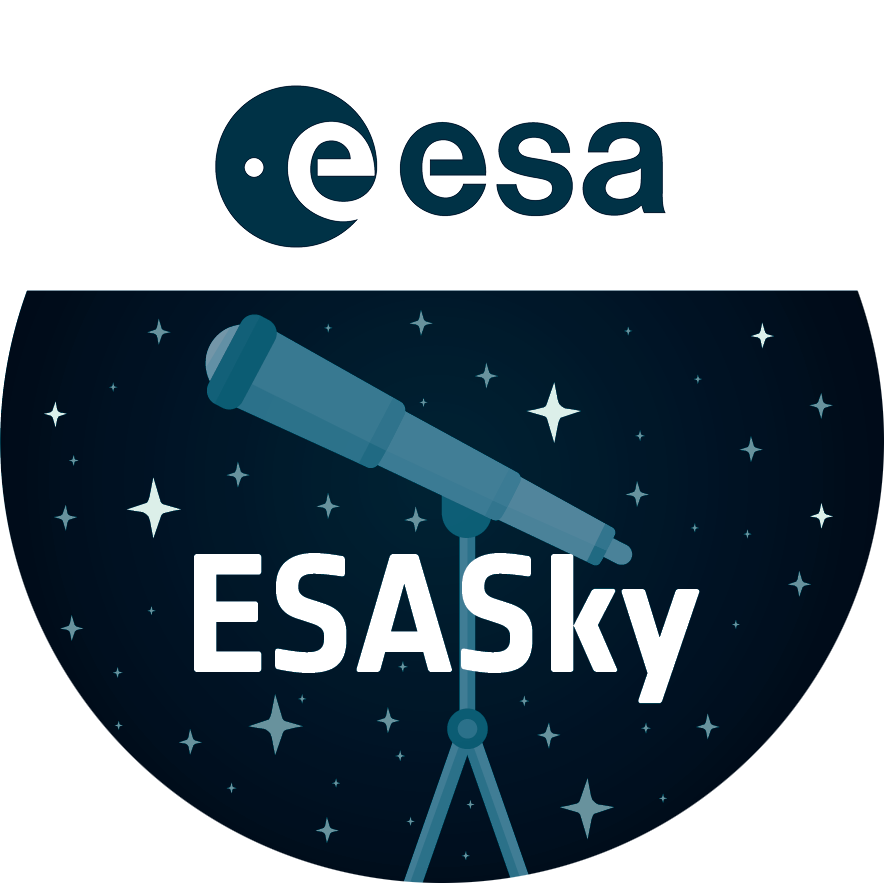About the Object
| Distance: |
525 light years | |
|---|---|---|
| Constellation: | Taurus | |
| Category: | MIRI NIRCam Picture of the Month Stars | |
Coordinates
| Position (RA): | 4 33 16.60 |
|---|---|
| Position (Dec): | 22° 53' 21.98" |
| Field of view: | 0.43 x 0.43 arcminutes |
| Orientation: | North is 83.9° right of vertical |
Colours & filters
| Band | Wavelength | Telescope |
|---|---|---|
| Infrared | 2.0 μm | James Webb Space Telescope NIRCam |
|
Optical
I | 814 nm | Hubble Space Telescope WFPC2 |
| Infrared | 4.44 μm | James Webb Space Telescope NIRCam |
|
Infrared
PAH | 7.7 μm | James Webb Space Telescope MIRI |
| Radio | 1.365 mm | Atacama Large Millimeter/ submillimeter Array Band 6 |
| Infrared | 12 μm | James Webb Space Telescope MIRI |
| Infrared | 21 μm | James Webb Space Telescope MIRI |
Zoom in on a dusty disc
This NASA/ESA/CSA James Webb Space Telescope provides a close-up view of IRAS 04302+2247, a planet-forming disc located about 525 light-years away in a dark cloud within the Taurus star-forming region. With Webb, researchers can study the properties and growth of dust grains within protoplanetary discs like this one, shedding light on the earliest stages of planet formation.
In stellar nurseries across the galaxy, baby stars are forming in giant clouds of cold gas. As young stars grow, the gas surrounding them collects in narrow, dusty protoplanetary discs. This sets the scene for the formation of planets, and observations of distant protoplanetary discs can help researchers understand what took place roughly 4.5 billion years ago in our own Solar System, when the Sun, Earth, and the other planets formed.
IRAS 04302+2247, or IRAS 04302 for short, is a beautiful example of a protostar - a young star that is still gathering mass from its environment - surrounded by a protoplanetary disc in which baby planets might be forming. Webb is able to measure the disc at 65 billion kilometres across - several times the diameter of our Solar System. From Webb’s vantage point, IRAS 04302’s disc is oriented edge-on, so we see it as a narrow, dark line of dusty gas that blocks the light from the budding protostar at its centre. This dusty gas is fuel for planet formation, providing an environment within which young planets can bulk up and pack on mass.
When seen face-on, protoplanetary discs can have a variety of structures like rings, gaps and spirals. These structures can be signs of baby planets that are burrowing through the dusty disc, or they can point to phenomena unrelated to planets, like gravitational instabilities or regions where dust grains are trapped. The edge-on view of IRAS 04302’s disc shows instead the vertical structure, including how thick the dusty disk is. Dust grains migrate to the midplane of the disc, settle there and form a thin, dense layer that is conducive to planet formation; the thickness of the disc is a measure of how efficient this process has been.
The dense streak of dusty gas that runs vertically across this image cocoons IRAS 04302, blotting out its bright light such that Webb can more easily image the delicate structures around it. As a result, treated to the sight of two gauzy nebulae on either side of the disc. These are reflection nebulae, illuminated by light from the central protostar reflecting off of the nebular material. Given the appearance of the two reflection nebulae, IRAS 04302 has been nicknamed the “Butterfly Star”.
This view of IRAS 04302 combines observations from Webb, the NASA/ESA Hubble Space Telescope, and the Atacama Large Millimetre/submillimetre Array (ALMA). Webb contributed data from both its Near-InfraRed Camera (NIRCam) and its Mid-InfraRed Instrument (MIRI).
Together, these three powerful facilities paint a fascinating multiwavelength portrait of a planetary birthplace. Webb reveals the distribution of tiny dust grains as well as the reflection of near-infrared light off of dusty material that extends a large distance from the disc. Hubble focuses on the dust lane as well as clumps and streaks surrounding the dust that suggest the star is still collecting mass from its surroundings as well as shooting out jets and outflows. ALMA detects the glow of larger dust grains within the disk, showing that for a disc as young as IRAS 04302, the dust has yet to settle into a narrow plane as is expected for more evolved discs.
The Webb observations of IRAS 04302 were taken as part of the Webb GO programme #2562 (PI F. Ménard, K. Stapelfeldt). This programme investigates four protoplanetary discs that are oriented edge-on from our point of view, aiming to understand how dust evolves within these discs. The growth of dust grains in protoplanetary discs is believed to be an important step toward planet formation.
[Image Description: A detailed view of IRAS 16594-4656 captured by the James Webb Space Telescope. A bright central region is bisected by a thin, horizontal line of dark dust. Symmetrical lobes of glowing gas extend above and below, with soft blue, purple, and orange hues blending outward into surrounding space.]
Links:
- Wide-field view of IRAS 04302+2247
- Science paper (M. Villenave et al.)
- Pan video
ESA/Webb, NASA & CSA, M. Villenave et al.
About the Image
| Id: | potm2508b | |
|---|---|---|
| Type: | Observation | |
| Release date: | 29 August 2025, 10:00 | |
| Size: | 1648 x 1648 px | |




